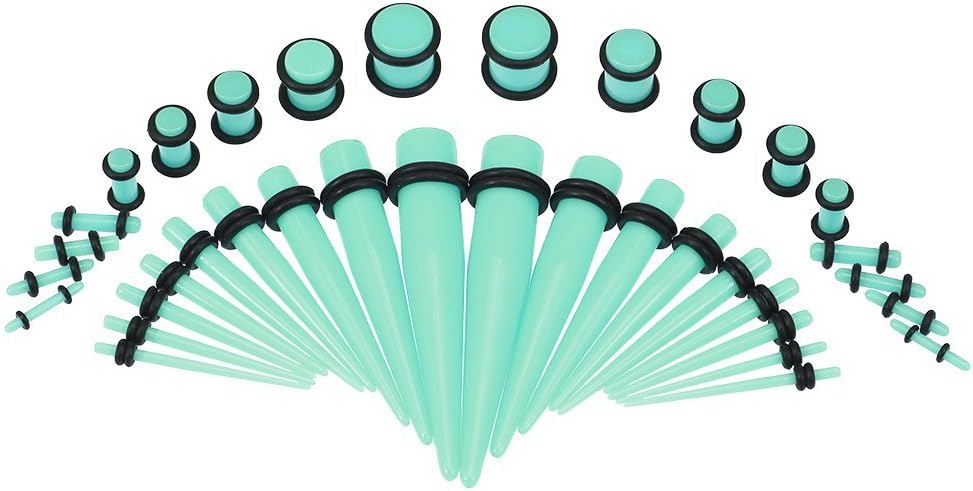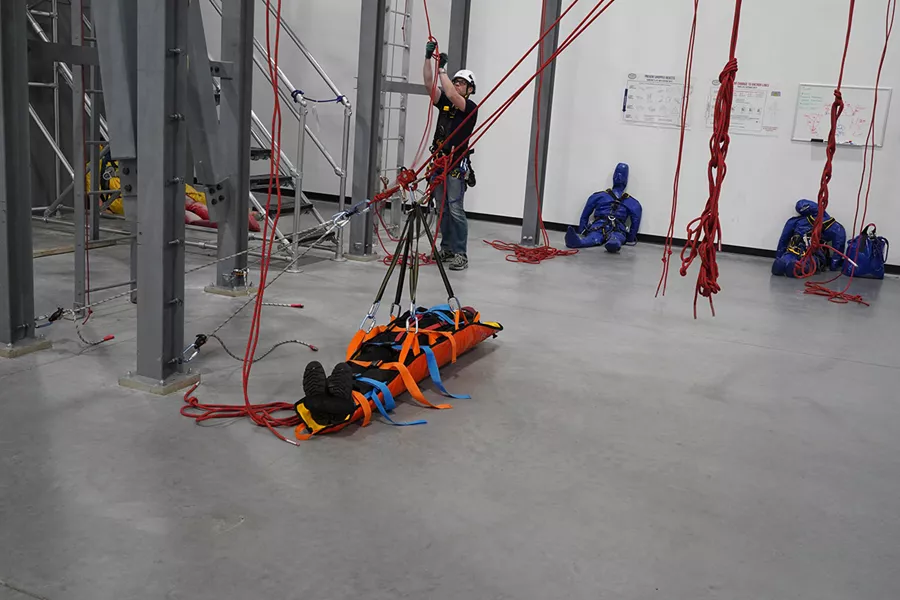Body modification has always been influenced by culture, artistry, and self-expression. In recent years, however, technology has transformed the way these practices evolve, particularly when it comes to an earlobe stretching kit. From digital design tools to medical-grade materials, innovations ensure that stretching is safer, more precise, and more comfortable than ever before.
The Role of Materials Science
One of the most significant technological advances is in materials. In the past, stretching kits were often made with basic metals or organic materials that were not always skin-friendly. Today, medical-grade stainless steel, surgical titanium, and biocompatible plastics are used. These innovations reduce the risk of irritation, infection, or allergic reactions. Some kits also make use of surface-treated materials designed to remain smooth, reducing micro-tears during insertion and making cleaning easier.
Precision Through Digital Manufacturing
Modern kits benefit from digital manufacturing techniques such as CNC machining and 3D printing. These processes allow for accurate sizing, meaning each taper and plug in a stretching kit can be produced to exact specifications. Consistent sizing is vital, as even minor variations in diameter can cause unnecessary trauma to the earlobe. 3D printing also enables custom designs, allowing individuals to order kits tailored to their needs while ensuring structural integrity.
Improved Ergonomics and Comfort
Technological innovation extends to ergonomics. Computer-aided design makes it possible to model how a taper or tunnel will fit and feel against the skin. This reduces guesswork in design and results in smoother transitions that cause less discomfort. Some stretching kits now feature tapered edges shaped to minimise pressure points, which is particularly important for those with sensitive or thinner lobes.
Hygiene and Safety Enhancements
Hygiene is another area where technology has had a profound effect. Sterilisation methods, such as gamma radiation and advanced autoclave cycles, are used to prepare kits before packaging. Packaging itself has improved, with vacuum sealing and tamper-evident wraps becoming standard to ensure users receive sterile tools. Many manufacturers also rely on digital quality control systems that scan for imperfections invisible to the human eye, preventing unsafe products from reaching customers.
Information and Education Through Technology
Beyond physical products, technology has also influenced how people learn about stretching. Online platforms and virtual communities offer guidance on safe practices, while apps can help track stretching schedules and recommend appropriate taper sizes based on healing progress. Instructional videos and interactive guides make it easier for beginners to understand the importance of patience, hygiene, and proper technique.
Sustainable and Ethical Design Choices
Sustainability is increasingly important, and technology provides solutions here as well. Bioplastics and recycled metals are being introduced into the design of earlobe stretching kits. Digital supply chain systems ensure ethical sourcing of raw materials, reducing the environmental impact of production. These efforts align with the values of many body modification enthusiasts who view their practice as part of a broader lifestyle rooted in respect for self and environment.
The Future of Earlobe Stretching Kits
Looking ahead, wearable technology and smart materials may further influence the field. Research into antimicrobial coatings could reduce the risk of infection, while heat-responsive materials might adapt to body temperature for greater comfort. Augmented reality applications may one day allow users to virtually test different sizes and styles before making changes in reality.
Conclusion
Technology continues to reshape body modification by enhancing safety, comfort, and personal expression. An earlobe stretching kit is no longer a simple set of tools; it is the product of advances in materials science, digital precision, and hygiene innovations. With continued progress, stretching will become even more accessible, sustainable, and secure, allowing individuals to express themselves while protecting their health and wellbeing.





